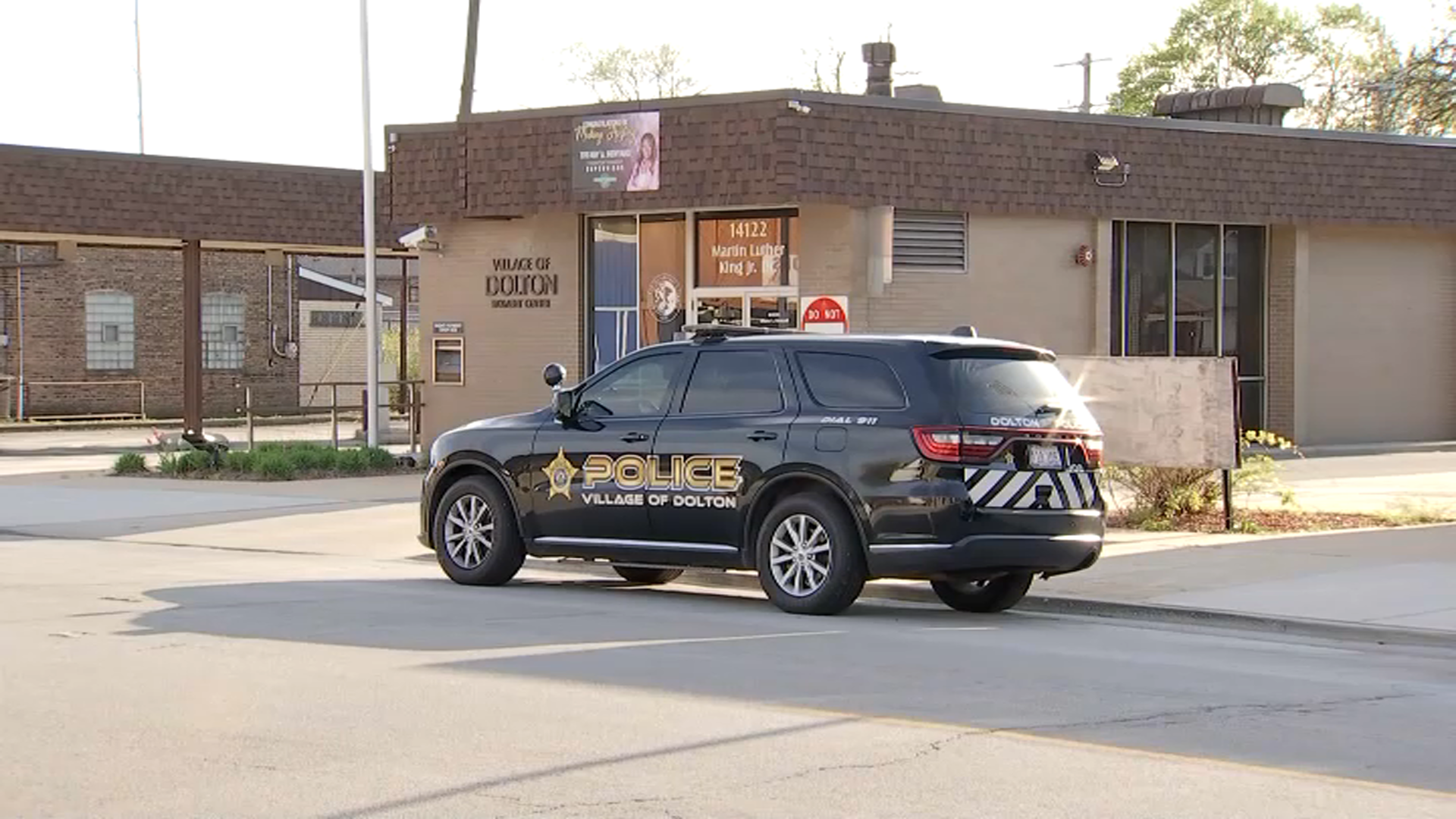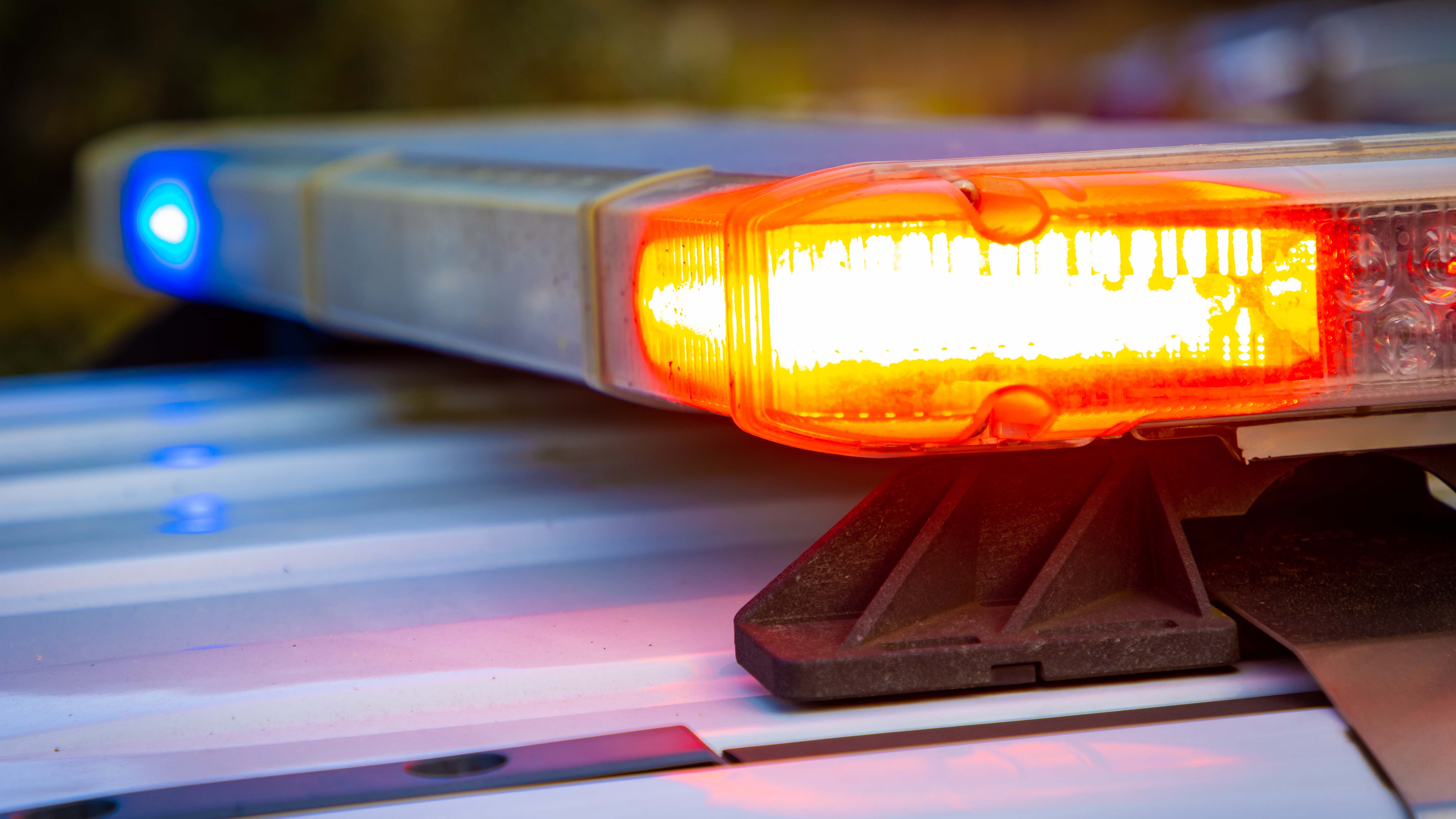Down 2-1 in the third period against the Detroit Red Wings in Game 3, the Chicago Blackhawks appeared to score a goal on a shot by Viktor Stalberg. The goal was disallowed because of goaltender interference, and the Red Wings turned around and scored on the play immediately following the stoppage, going up 3-1 and killing any momentum that the Blackhawks had going for them.
The question that has embroiled the entire hockey world is whether or not the goal should have counted.
First, here is video of the goal:
Breaking sports news video. MLB, NFL, NBA, NHL highlights and more.
Now, here are some of the reactions to the play. We’ll start with Blackhawks head coach Joel Quenneville:
“I disagreed with the call. He didn’t touch the goalie….It certainly changed the momentum of the game. We’re 2-2, had everything going, some hits, offensive zone time. Obviously coming back from 2-0 that quick, we were in great shape.”
Local
Now, Hawks captain Jonathan Toews:
“I wasn’t down there, so I don’t know exactly what happened. I find it hard to believe from what I saw that our player restricted the goaltender from making the save. The puck came from the same side, and he was against his post, so I don’t understand that one.”
The rule that Toews was referring to was rule 69.3 in the NHL rulebook, which reads as the following:
“If an attacking player establishes a significant position within the goal crease, so as to obstruct the goalkeeper’s vision and impair his ability to defend his goal, and a goal is scored, the goal will be disallowed.
For this purpose, a player ‘establishes a significant position within the crease’ when, in the Referee’s judgment, his body, or a substantial portion thereof, is within the goal crease for more than an instantaneous period of time.”
Looking at the video again, it’s pretty clear that the latter paragraph is the one that the officiating crew was operating on when they waved Stalberg’s goal off. Blackhawks forward Andrew Shaw definitely was in “a significant position within the crease,” and even though he did not appear to make contact with Red Wings goalie Jimmy Howard, the officials were still right to wave off the goal based on their interpretation of Rule 69.3.
Where the NHL would be better served in situations like these would be to establish a coaching challenge system similar to that of the NFL. Plays like goals already get reviewed if they are close, but there are other judgment calls in the league that could stand to have official video review. The Shaw play was definitely one of them, because the officials may have reversed it after looking at replay and seeing that Howard’s movement wasn’t really impeded by Shaw, but even if they elected to go with the above interpretation of the rule, at least Quenneville would have had an opportunity for the officials to look at the play in more detail, rather than relying on fast-motion sight.
In addition, plays like the over the glass delay of game penalty could then be reviewable if the coach challenged it. Several times during these playoffs, including at a pivotal juncture in Game 2 of the Sharks-Kings series where a puck seemed to deflect off Kings forward Jeff Carter but was ruled delay of game against the Sharks, the officiating crews have gotten this penalty wrong, and a simple video review would have likely gotten the call right.
There are still officials who screw up video replays (see the May incident where MLB umpire Angel Hernandez incorrectly ruled a Cleveland Indians home run a “double” despite seeing video evidence to the contrary), but in circumstances like these when momentum and a series lead are potentially on the line, wouldn’t it be better to give the officials more options instead of less?
Being an NHL referee is hard, but it’s even harder when the league is keeping tools to do the job better out of the men in stripes’ hands.



